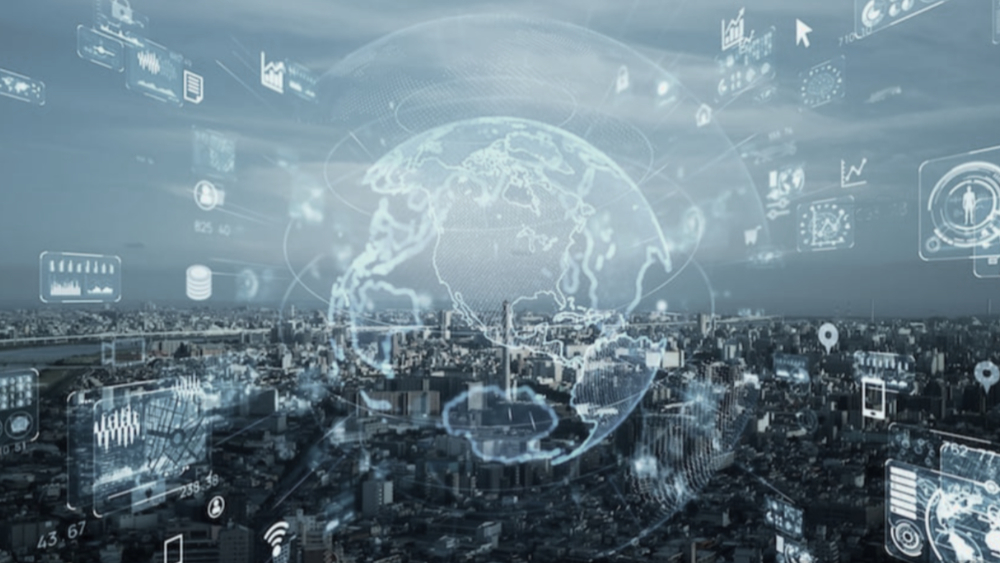
When the phone rings at 3am in the world of critical infrastructure cybersecurity, it’s rarely good news. For security professionals protecting water utilities, power grids, and transport networks, these midnight calls often signal that someone, somewhere, is trying to disrupt the services millions depend on. Recent ransomware attacks targeting water treatment facilities remind us that cyber threats to critical infrastructure aren’t just about data breaches – they’re about keeping communities safe and functioning.
These scenarios play out across Britain’s critical infrastructure every day. Behind every headline about cyber attacks on power grids, transport networks, and healthcare systems are dedicated professionals working around the clock to keep the lights on, the trains running, and the hospitals functioning.
When worlds collide: the new reality of cyber threats
The cybersecurity landscape has fundamentally changed. We’re no longer just protecting computers – we’re protecting the beating heart of modern society. When hackers target a power station’s control room or infiltrate a hospital’s patient management system, they’re not just stealing data. They’re threatening lives.
The evolution is stark: where cybersecurity professionals once focused primarily on protecting email servers and corporate networks, they now grapple with scenarios where a successful attack could turn off power to a children’s hospital or contaminate a city’s water supply.
Recent regulatory changes, including NIS2 and the UK Cyber Resilience Bill, reflect this new reality. But regulations can only do so much. The real battle is being fought by professionals who understand that cybersecurity isn’t just about technology anymore – it’s about protecting the foundation of modern life.
Breaking down the walls: why silos are dangerous
One of the biggest challenges isn’t technical – it’s cultural. In too many organisations, IT teams and operational technology (OT) engineers still work in separate worlds. IT professionals understand networks and servers, while OT engineers know how to keep turbines spinning and water flowing. But when these systems converge, as they increasingly do in a more digitised world, that separation becomes a vulnerability.
The challenge is real: brilliant engineers who can troubleshoot complex industrial control systems may never have considered cybersecurity implications, while cybersecurity experts who understand every type of malware might not grasp how a power plant actually operates. This knowledge gap creates blind spots that attackers can exploit. The UK Cyber Security Council’s new career pathways are working to bridge this divide, but the real change happens when professionals from different backgrounds start collaborating and sharing their expertise.
The double-edged sword of innovation
Technology that promises to solve our problems often creates new ones. Artificial intelligence can spot suspicious network activity faster than any human analyst, but it can also be weaponised by attackers to find vulnerabilities we didn’t even know existed.
The revolutionary principles of quantum computing present a particularly complex challenge. Organisations are racing to implement quantum-resistant encryption before quantum computers become powerful enough to break existing systems. It’s a race against time, with critical infrastructure hanging in the balance.
These aren’t abstract problems – they represent real challenges that security professionals face daily, knowing that the systems protecting our critical infrastructure might be vulnerable to attacks that don’t yet exist but could emerge tomorrow.
Learning from each other’s mistakes (and successes)
The cybersecurity community has always been built on knowledge sharing, but when it comes to critical infrastructure, these conversations carry greater implications to national security and safety. When a port successfully defends against a sophisticated attack, or when energy grids share intelligence about new threats, those lessons can prevent disasters across the globe.
Cybersecurity professionals understand that they’re all facing similar challenges. A technique that works against one organisation’s infrastructure today might be used against another’s tomorrow. The only way to stay ahead is through continuous collaboration and information sharing.
Where the real work gets done
This October, these crucial conversations will take centre stage at the IET Cyber Security for Critical Industries Conference in London (9-10 October). This isn’t just another technology conference – it’s where the real work of protecting critical infrastructure happens.
The speakers aren’t just discussing theory – they’re sharing what actually works in practice. Attendees will hear from NCSC analysts who track state-sponsored groups, engineers from Rolls-Royce protecting small modular reactors, National Grid specialists keeping power flowing reliably, and Transport for London teams ensuring millions of daily journeys happen safely.
The sessions on NIS2 implementation focus on practical implementation rather than compliance checkboxes. Discussions about IT-OT integration feature real-world experiences from organisations that have successfully (and sometimes unsuccessfully) brought these worlds together.
Why this matters
Whether you’re a seasoned CISO, an engineer transitioning into cybersecurity, or a policymaker trying to understand technical realities, these conversations matter because they’re about more than just defending networks. They’re about protecting the infrastructure that modern life depends on.
Every time someone flips a light switch, turns on a tap, or boards a train, cybersecurity professionals are working behind the scenes to ensure those simple actions remain simple. They form the human firewall protecting our increasingly connected world.
The convergence of IT, OT, and physical safety systems demands more than just technical solutions – it requires human collaboration, shared knowledge, and the recognition that cybersecurity in critical industries is ultimately about protecting people and communities.
Ready to join the conversation?
The full programme and registration details are available online. Because in cybersecurity, the most important technology we have is still our collective expertise and commitment to protecting what matters most. Explore the programme and register.
